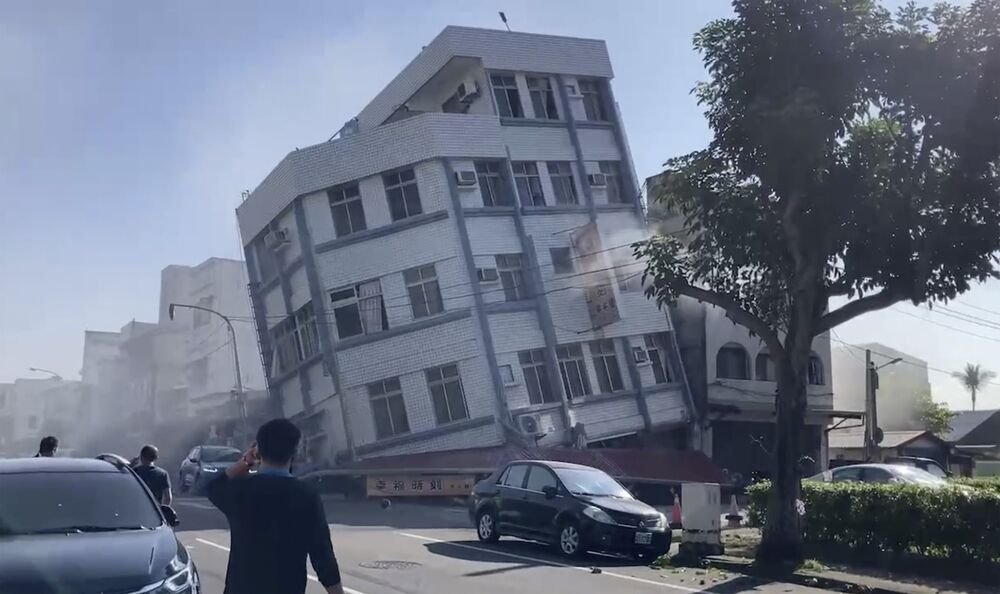The United States (US) vetoed a United Nations (UN) resolution calling for an immediate ceasefire in Gaza, citing that it was “not the time for this.” The decision has sparked criticism and concern from various countries and organizations, as the conflict between Israel and Hamas continues to escalate.
The US has been a key ally of Israel, providing it with significant military and financial support. The decision to veto the UN resolution may be seen as a sign of the US’s unwavering support for Israel, and its belief that Israel has the right to defend itself against rocket attacks from Hamas.
Additionally, the US may have vetoed the resolution due to concerns about the language used in the resolution, which may have been perceived as biased against Israel. The US may have also wanted to ensure that any ceasefire agreement addresses the underlying issues that led to the conflict, rather than just providing a temporary halt to the violence.
It is worth noting that the US has a history of using its veto power to protect Israel from UN resolutions that it perceives as unfair or biased. The US has vetoed more than 80 UN resolutions related to Israel and Palestine since 1982.
However, the decision to veto the ceasefire resolution has not gone without criticism. Many have argued that the US should be doing more to find a peaceful resolution to the conflict, rather than enabling further violence and bloodshed.
In the midst of escalating tensions and violence in the Middle East, the United Nations (UN) recently proposed a resolution calling for an immediate ceasefire in Gaza. However, the United States (US) vetoed the resolution, further fueling the ongoing conflict between Israel and Hamas.
The resolution, which was supported by 14 out of the 15 members of the UN Security Council, including France, China, and Russia, demanded an immediate halt to all military activities in Gaza. The US, however, was the only country to oppose the resolution, citing that it was “not the time for this.”
The decision to veto the resolution has sparked criticism and concern from various countries and organizations, as the conflict between Israel and Hamas continues to escalate, resulting in numerous casualties and destruction.
The current crisis began when Israel launched a military operation in Gaza, targeting Hamas and other militant groups. The operation was in response to the indiscriminate rocket attacks from Gaza, which have caused significant damage and casualties in Israel.
The conflict has also had a significant impact on the civilian population in Gaza, who have been subjected to airstrikes and shelling. Many have been forced to flee their homes, seeking refuge in schools and other public facilities.
The US has been a key ally of Israel, providing it with significant military and financial support. However, the decision to veto the UN resolution has raised questions about the US’s role in the conflict and its commitment to finding a peaceful resolution.
The UN resolution was not the first attempt to call for a ceasefire in Gaza. Previous attempts have also been made, including a temporary halt in fighting proposed by the US. However, these efforts have not resulted in a lasting peace.
The ongoing conflict between Israel and Hamas is not a new phenomenon. The two sides have been at odds for many years, with numerous rounds of violence and bloodshed.
The root causes of the conflict are complex and multifaceted, involving issues such as territorial disputes, religious and cultural differences, and political tensions.
Despite the challenges, there have been some attempts to find a peaceful resolution to the conflict. In 2014, a ceasefire agreement was reached between Israel and Hamas, which resulted in a significant reduction in violence and hostilities.
However, the agreement was short-lived, and the conflict has since escalated once again. The current crisis highlights the urgent need for a peaceful resolution to the conflict.





